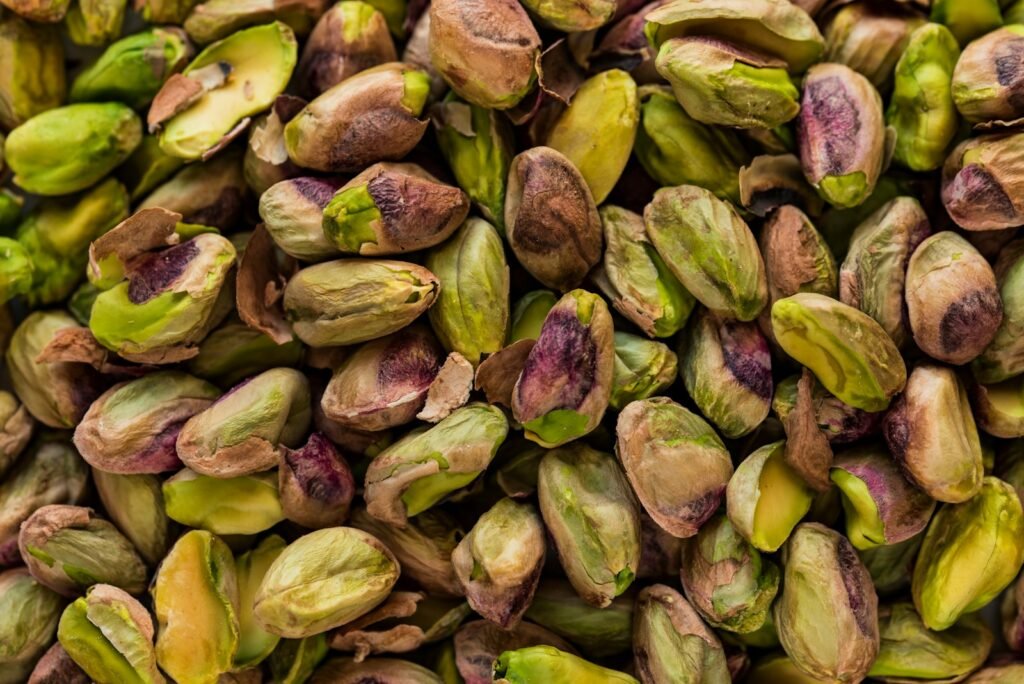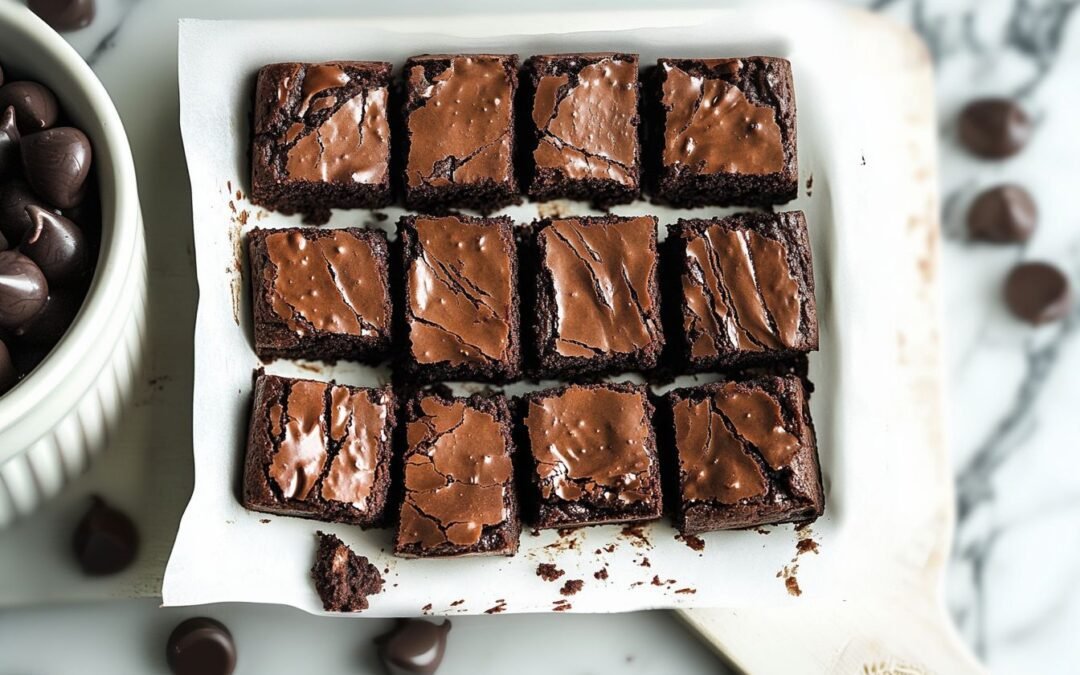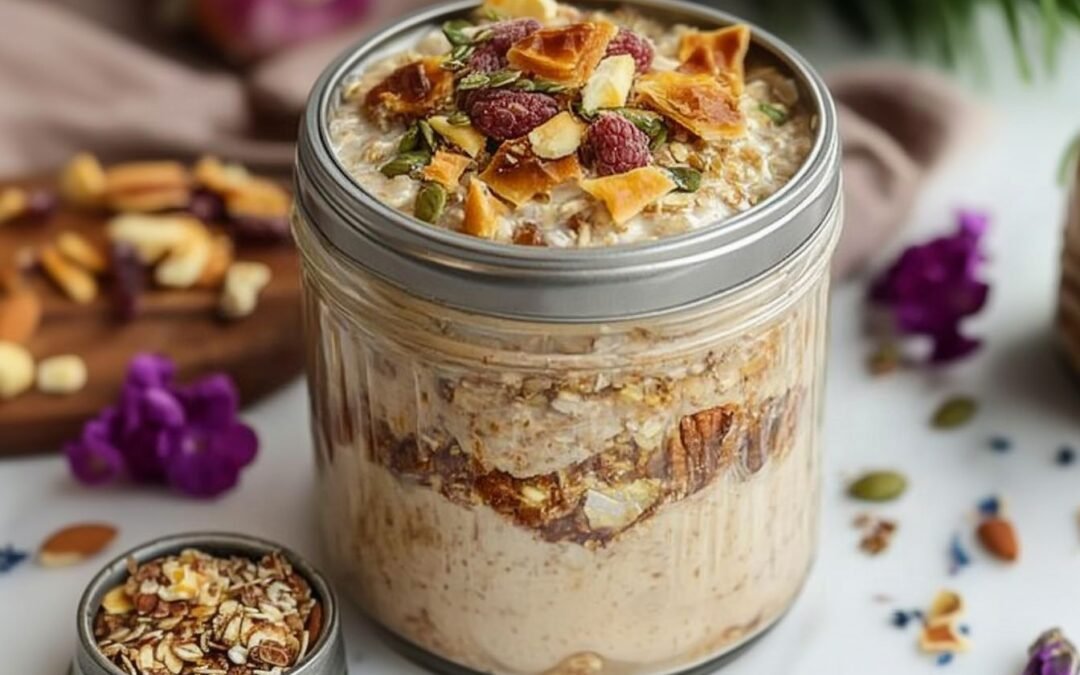When craving something unique, pistachio baklava cheesecake provides a delicious fusion of flavors that captivate your taste buds. The cheesecake’s creamy richness meets the baklava’s flaky, nutty goodness in this delightful dessert. For this recipe, I use ingredients like phyllo, clarified butter, finely ground pistachios, cream cheese, and a touch of orange blossom essence to create a treat that blends two beloved desserts into one.
Every layer of this cheesecake offers a delightful surprise, from the nutty filling to the sweet syrup that adds an irresistible finish. If you’re looking to impress your guests or simply indulge yourself, this recipe combines the best elements of both baklava and cheesecake into an unforgettable experience. Getting started is easy, with just a few key ingredients, like butter, sugar, lemons, and eggs, all typically found in your kitchen.
History Of Baklava Cheesecake
Baklava has origins that trace back to the Byzantine Empire. The dessert became popular in the Ottoman Empire, where layers of phyllo dough, nuts, and syrup created a rich tradition.
The idea of combining baklava and cheesecake is relatively modern. I find it fascinating how traditional recipes evolve.
In this fusion, the creaminess of cheesecake complements the texture of baklava perfectly. It offers a unique blend of two beloved desserts, making it a delightful treat.
This combination first gained popularity in the late 20th century. Chefs began experimenting, leading to innovative variations on traditional recipes.
Pistachios often play a starring role in both baklava and baklava cheesecake. Their distinct flavor enhances the richness of the cream cheese filling.
Today, baklava cheesecake can be found in many bakeries and restaurants, especially in areas with a rich Middle Eastern influence. It’s a beautiful example of how culinary traditions can merge and create something new and delicious.
Ingredients
- Phyllo Layers: 12-15 layers of phyllo pastry
- Clarified Butter: 3 tbsp, melted (for the phyllo layer)
- Ground Pistachios: 200 grams, finely ground, plus an extra 2 tbsp for garnish
- Unsalted Butter: ⅓ cup, melted (for the pistachio layer)
- Granulated Sugar: 4 tbsp
For the cheesecake filling:
- Cream Cheese: 600 grams, at room temperature
- Heavy Cream: ½ cup
- Caster Sugar: ½ cup
- Cornstarch: 4 tbsp
- Orange Blossom Essence: 1 tablespoon
- Large Eggs: 3, at room temperature
To make the syrup:
- Granulated Sugar: 1 cup
- Honey: ½ cup
- Water: ¾ cup
- Lemon Juice: 2 tbsp
- Orange Blossom Essence: 1 tbsp
How to Make Pistachio Baklava Cheesecake
- First, preheat my oven to 360°F. Grease an 8-inch springform pan with butter and line the bottom with parchment paper.
- Next, prepare the baklava layers. Melt clarified butter and coat 8 sheets of phyllo pastry with it. Alternate the layers in the pan, cut the edges, and bake for about 15 minutes until golden brown.
- Create the pistachio layer by combining ground pistachios, melted butter, and sugar until well mixed.
- Prepare the sugar syrup by simmering sugar, honey, lemon juice, and water for 5 to 10 minutes, then allow it to cool.
- Moving on to the cheesecake batter, beat the cream cheese and sugar together. Then, add heavy cream, orange blossom essence, and cornstarch, mixing until smooth. Add eggs one by one, mixing well each time.
- After that, spread 3/4 of the pistachio mixture over the baked phyllo base and press it down gently. Pour the cheesecake filling on top, cover it with a buttered piece of phyllo, and add the rest of the pistachio mixture.
- For the final touch, coat 3 to 4 phyllo sheets with butter, crinkle them, and place them on top in a swirl pattern. Bake everything for 55 to 60 minutes until set and golden.
- Once it’s done, let it cool in the oven with the door ajar. Finally, drizzle the sugar syrup over the cheesecake and refrigerate it for at least 4 hours, or overnight if you can wait! Before serving, sprinkle ground pistachios on top.
Nutritional Information
| Nutrient | Amount per Serving |
|---|---|
| Calories | 2380 kcal |
| Protein | 50 grams |
| Carbohydrates | 350 grams |
| Dietary Fiber | 12 grams |
| Fat | 89 grams |
| Sugar | 54 grams |
| Cholesterol | 197 mg |
Estimated values based on 8 servings
Serving Suggestions
Portioning and Presentation Ideas
I like to cut the cheesecake into small squares or triangles to make it more appealing. A smaller portion allows guests to enjoy multiple desserts at once. I often use a sharp knife dipped in warm water for clean cuts.
For presentation, I place the slices on a decorative serving platter. Adding a sprinkle of crushed pistachios on top creates a pop of color and texture. You can also drizzle with a light honey sauce or a pistachio cream to enhance the look.
To finish, I dress the plate with a few fresh mint leaves. This adds a fresh touch and enhances the visual appeal of the dessert.
Accompaniments and Pairings
Pairing it with the right accompaniments can enhance the flavors. I prefer to serve it alongside a scoop of vanilla or rose water ice cream. The creaminess of the ice cream balances the richness of the cheesecake perfectly.
I also enjoy a strong cup of coffee or tea, as the bitterness complements the sweetness of the dessert. A light dessert wine can also work well for adult gatherings.
Think about garnishes like whipped cream or a dusting of cocoa powder for added flavor. These details can make a simple serving a more delightful experience.
Helpful Baking Tips and Troubleshooting
Achieving the Perfect Texture
To reach the right texture, it’s crucial to use room temperature ingredients, especially cream cheese. This ensures smooth mixing and prevents clumps.
For the cheesecake filling, I recommend beating the mixture until it’s creamy but not over-mixed. This keeps the batter light.
Baking should be done at a low temperature to prevent cracking. A water bath can also help maintain moisture. I find 325°F works well. After baking, allow the cheesecake to cool gradually and chill in the refrigerator for several hours or overnight for the best texture.
Common Mistakes to Avoid
One common mistake is not measuring ingredients accurately. I always use a kitchen scale for precise measurements, especially with the cream cheese and sugar.
Ensure all ingredients reach room temperature before use, and avoid overmixing the cheesecake batter to prevent cracks from forming.
Gently tap the pan to release any trapped air bubbles.
Another pitfall is skipping the baking time. I recommend checking for doneness by gently shaking the pan; the center should be slightly wobbly but not liquid.
Beat the eggs lightly to prevent uneven texture, air bubbles, and cracking.
Also, be careful with the toppings. I suggest waiting until the cheesecake is completely cooled before adding the pistachio and syrup. This helps prevent them from sinking or becoming soggy.
Storing The Cheesecake
Refrigeration and Freezing Tips
For short-term storage, refrigerating the cheesecake works best. I recommend placing it in an airtight container or wrapping it tightly with plastic wrap. This keeps the cheesecake moist and prevents it from absorbing other odors in the fridge.
If you want to store it for a longer period, freezing is a great option. Cut the cheesecake into individual slices and wrap each one in plastic wrap. Then, store the wrapped slices in a resealable plastic bag or a freezer-safe container. Don’t forget to label the bag with the date. This method allows me to have a slice later without losing freshness.
How Long Does It Stay Fresh?
When stored in the refrigerator, pistachio baklava cheesecake typically remains fresh for about 4 to 7 days. I make sure to keep it well-sealed to maximize its shelf life.
If I opt for freezing, it can last up to 2 to 3 months without compromising quality. For the best taste, I recommend eating the cheesecake within the first month of freezing. When ready to eat, I simply thaw it in the refrigerator overnight for a smooth, delicious treat.
Conclusion
Pistachio baklava cheesecake is a delightful fusion of flavors. Combining the rich creaminess of cheesecake with the nutty, sweet layers of baklava creates a unique dessert experience.
I love how the pistachios add a special crunch and a hint of saltiness. This balances the sweetness of the honey and sugar, making each bite satisfying.
When I make this cheesecake, I like the process of layering the phyllo dough. It’s an art that requires patience, but the reward is worth it.
The presentation can be stunning. I often garnish with extra crushed pistachios and a drizzle of honey to make it visually appealing.
Each slice offers a blend of textures: creamy, crispy, and chewy. It’s a dessert that friends and family appreciate, perfect for gatherings or special occasions.
I recommend serving it chilled for the best flavor. My guests always ask for the recipe, which makes me proud to share a piece of my culinary creativity.
One more thing: This can be a great dessert after having a falafel burger.
Get the recipe now (by clicking the image below):





